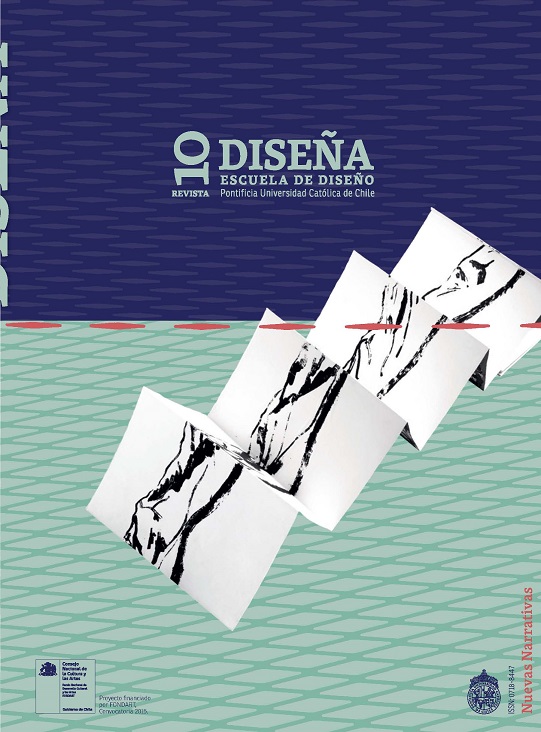Aymara-Catholic Mesas in Cobija: The Narratives that the Offerings Present in order to Negotiate with Sacred Beings
Main Article Content
Abstract
This work addresses the production of ritual tables in the Aymara-Catholic community of Cobija (Chile) during the festivities of San Isidro. These are understood as religious offerings whose materiality establishes a compromise that ensures abundance and prosperity in the coming times. Within the framework of Andean reciprocity, a good reception of these offerings seals a contract between the community and the sacred beings appealed. Starting from this premise, an analysis is done of some material properties of the offerings, highlighting the language that they constitute in order to aesthetically seduce the sacred guests.
Downloads
Article Details

This work is licensed under a Creative Commons Attribution-ShareAlike 4.0 International license.
COPYRIGHT NOTICE
All contents of this electronic edition are distributed under the Creative Commons license of "Attribution-ShareAlike 4.0 Internacional" (CC-BY-SA). Any total or partial reproduction of the material must mention its origin.
The rights of the published images belong to their authors, who grant to Diseña the license for its use. The management of the permits and the authorization of the publication of the images (or of any material) that contains copyright and its consequent rights of reproduction in this publication is the sole responsibility of the authors of the articles.
References
Berg, H. (2005). La Tierra no da así nomás. Los ritos agrícolas en la religión de los aymara-cristianos. La Paz: Universidad Católica Boliviana San Pablo.
Bouysse-Cassagne, T., & Harris, O. (1987). Pacha: en torno al pensamiento aymara. En T. Bouysse-Cassagne, O. Harris, T. Platt, & V. Cereceda, Tres reflexiones sobre el pensamiento andino (págs. 11-60). La Paz: Hisbol.
Cereceda, V. (2010). Semiología de los textiles andinos: las talegas de Isluga. Chungara: Revista de antropología chilena, 42(1), 181-198.
Cieza de León, P. (1553/2000). Crónica del Perú. Madrid: Dastin.
Cobo, B. (1653/1964). Historia del Nuevo Mundo. Madrid: Biblioteca de Autores Españoles.
Fernández-Juárez, G. (1997). Entre la Repugnancia y la Seducción. Ofrendas Complejas en los Andes del Sur. Cuzco: CBC.
Gell, A. (1998). Art and Agency. An Anthropological theory. New York: Oxford University Press.
Girault, L. (1988). Rituales en las regiones andinas de Bolivia y Perú. (H. Van den Berg, Trad.) La Paz: Escuela Profesional Don Bosco.
Guamán Poma de Ayala, F. (1615/1993). Nueva corónica y buen gobierno. Lima: Fondo de Cultura Económica.
Martínez, G. (1987). Una mesa ritual en Sucre. Aproximaciones semióticas al ritual andino.
La Paz: Hisbol.
Mauss, M. (2009). Ensayo sobre el don. Forma y función del intercambio en las sociedades arcaicas. Buenos Aires: Katz Editores.
Miller, D. (. (2005). Materiality. Durham: Duke University Press.
Murúa, M. (1611/1987). Historia general del Perú. Madrid: Historia 16.
Rosing, I. (1992-1995). La mesa blanca callawaya. Bolivia: Los amigos del libro.
Rosing, I. (2008a). Cerrar el círculo: La curación gris como tránsito entre la negra y la blanca. Rituales nocturnos de curación en los Andes bolivianos. España: Iberoamericana –Vervuert.
Rosing, I. (2008b). Defensa y perdición: la curación negra. Rituales nocturnos de curación en los Andes bolivianos. Madrid: Iberoamericana.
Tomoeda, H. (2000). Estética del ritual andino. Senri Ethnological Reports (18), 353-380.

